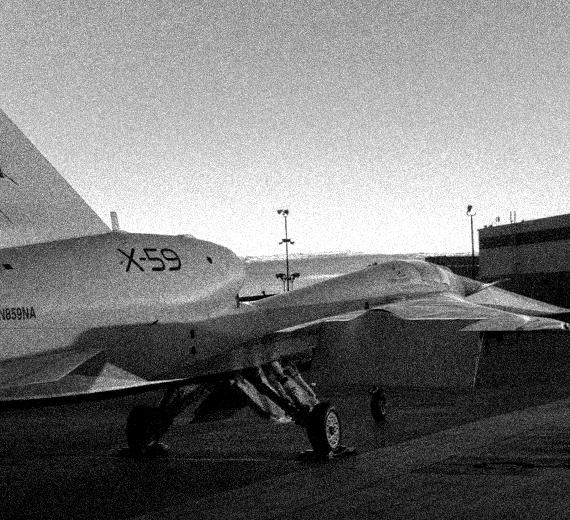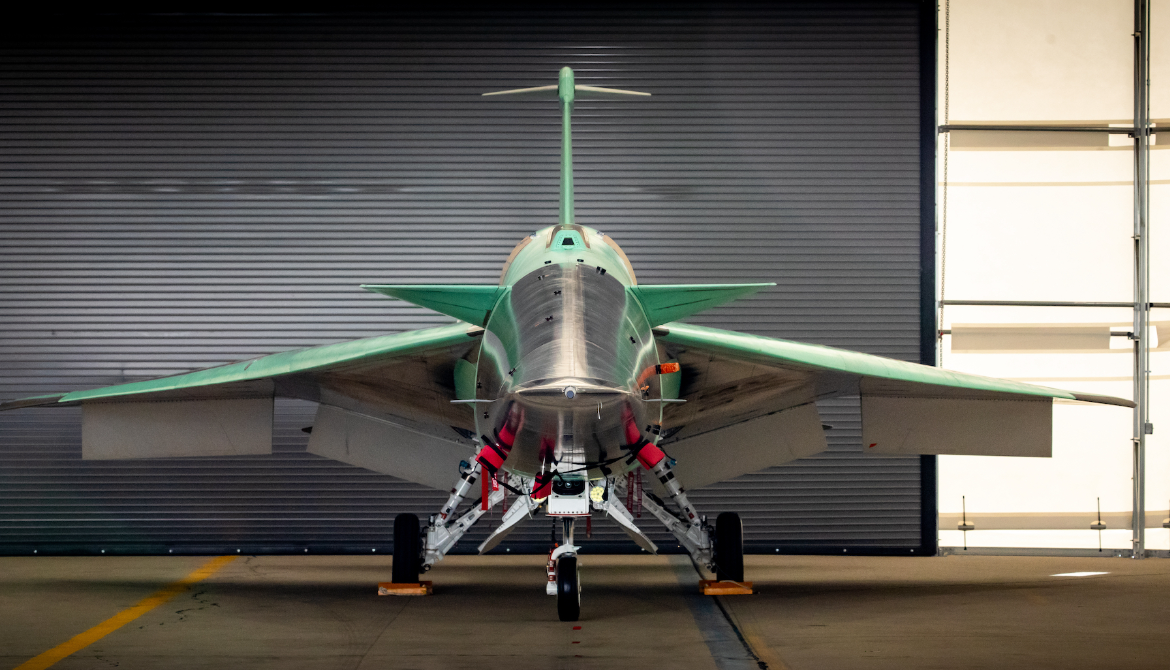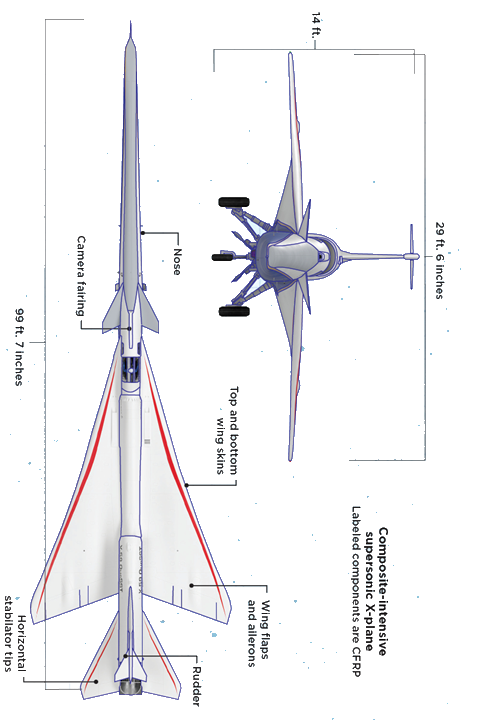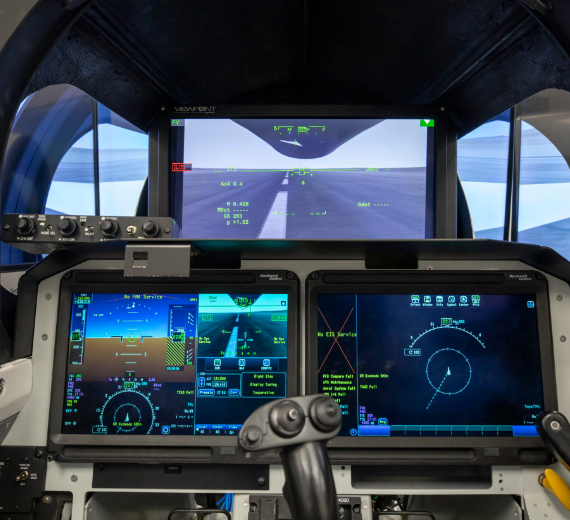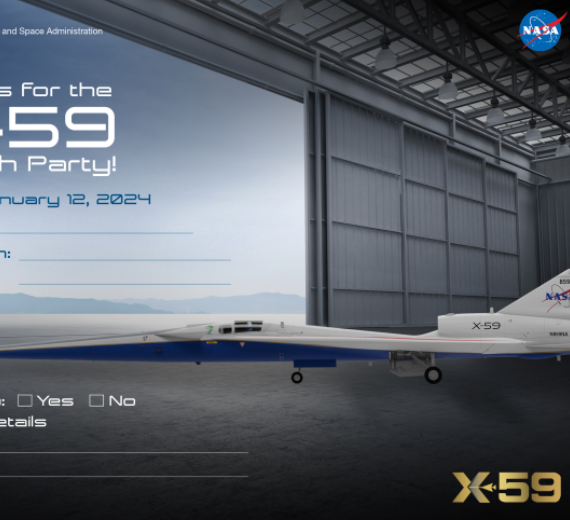NASA Lockheed Martin
X-59 QueSST
| Role | Experimental supersonic aircraft |
|---|---|
| National origin | United States |
| Manufacturer | Lockheed Martin |
| Primary user | NASA |
.
History NASA Sonicboom
Lockheed Martin X-59 QueSST

The Lockheed Martin X-59 Quesst ("Quiet SuperSonic Technology"), sometimes styled QueSST, is an American experimental supersonic aircraft being developed at Skunk Works for NASA's Low-Boom Flight Demonstrator project. Preliminary design started in February 2016, with the X-59 planned to begin flight testing in 2021. After delays, as of January 2024, it is planned to be delivered to NASA for flight testing in 2024. It is expected to cruise at Mach 1.42 (1,510 km/h; 937 mph) at an altitude of 55,000 ft (16,800 m), creating a low 75 Perceived Level decibel (PLdB) thump to evaluate supersonic transport acceptability.
In February 2016, Lockheed Martin was awarded a preliminary design contract, aiming to fly in the 2020 timeframe. A 9% scale model was to be wind tunnel tested from Mach 0.3 to Mach 1.6 between February and April 2017. The preliminary design review was originally planned to be completed by June 2017. While NASA received three inquiries for its August 2017 request for proposals, Lockheed was the sole bidder.
Design

The Low-Boom X-plane is 99.7 ft (30.4 m) long with a 29.5 ft (9.0 m) wingspan for a maximum takeoff weight of 32,300 lb (14,700 kg). Propelled by a General Electric F414 engine, it should reach a maximum speed of Mach 1.5 or 990 mph (1,590 km/h), and cruise at Mach 1.42 or 940 mph (1,510 km/h) at 55,000 ft (16,800 m). The cockpit, ejection seat and canopy come from a Northrop T-38 and the landing gear from an F-16. With afterburner, its engine will provide 22,000 lbf (98 kN) of thrust

The flush cockpit means that the long and pointed nose-cone will obstruct all forward vision. The X-59 will use an enhanced flight vision system (EVS), consisting of a forward 4K camera with a 33° by 19° angle of view, which will compensate for the lack of forward visibility.[
Photo Gallery
NASA Sonicboom
Lockheed Martin X-59 QueSST


NASA Sonicboom
Lockheed Martin X-59 QueSST
General Info 1
-
-
- As of 2017, the ground noise was expected to be around 60 dB(A), about 1/1000 as loud as current supersonic aircraft. This was to be achieved by using a long, narrow airframe and canards to keep the shock waves from coalescing.
-
General Info 2
-
-
- The flush cockpit means that the long and pointed nose-cone will obstruct all forward vision. The X-59 will use an enhanced flight vision system (EVS), consisting of a forward 4K camera with a 33° by 19° angle of view, which will compensate for the lack of forward visibility
-
General Info 3
- In January 2019, United Technologies subsidiary Collins Aerospace was selected to supply its Pro Line Fusion Cockpit avionics, displaying[
General Info 4
-
- the boom on the ground, and EVS with long-wave infrared sensors. The Collins EVS-3600 multispectral imaging system, beneath the nose, is used for landing, while the NASA external vision system (XVS), in front of the cockpit, gives a forward view
.
Links to Youtube & Others
The cockpit, ejection seat and canopy come from a Northrop T-38 and the landing gear from an F-16. With afterburner, its engine will provide 22,000 lbf (98 kN) of thrust.
NASA Lockheed Martin
X-59 QueSST
In January 2019, United Technologies subsidiary Collins Aerospace was selected to supply its Pro Line Fusion Cockpit avionics,
Youtube Link
The Collins EVS-3600 multispectral imaging system, beneath the nose, is used for landing, while the NASA external vision system (XVS), in front of the cockpit, gives a forward view.
